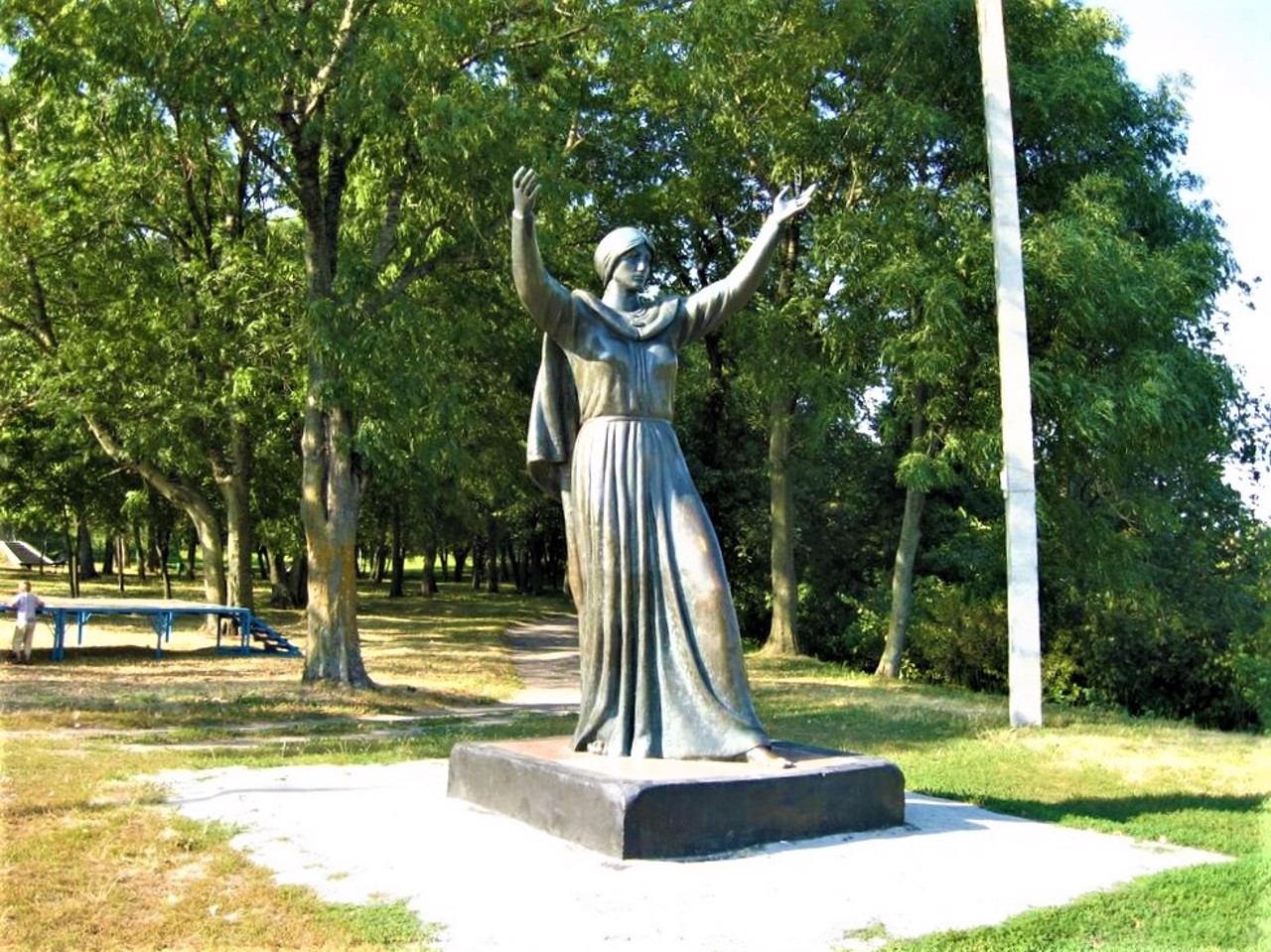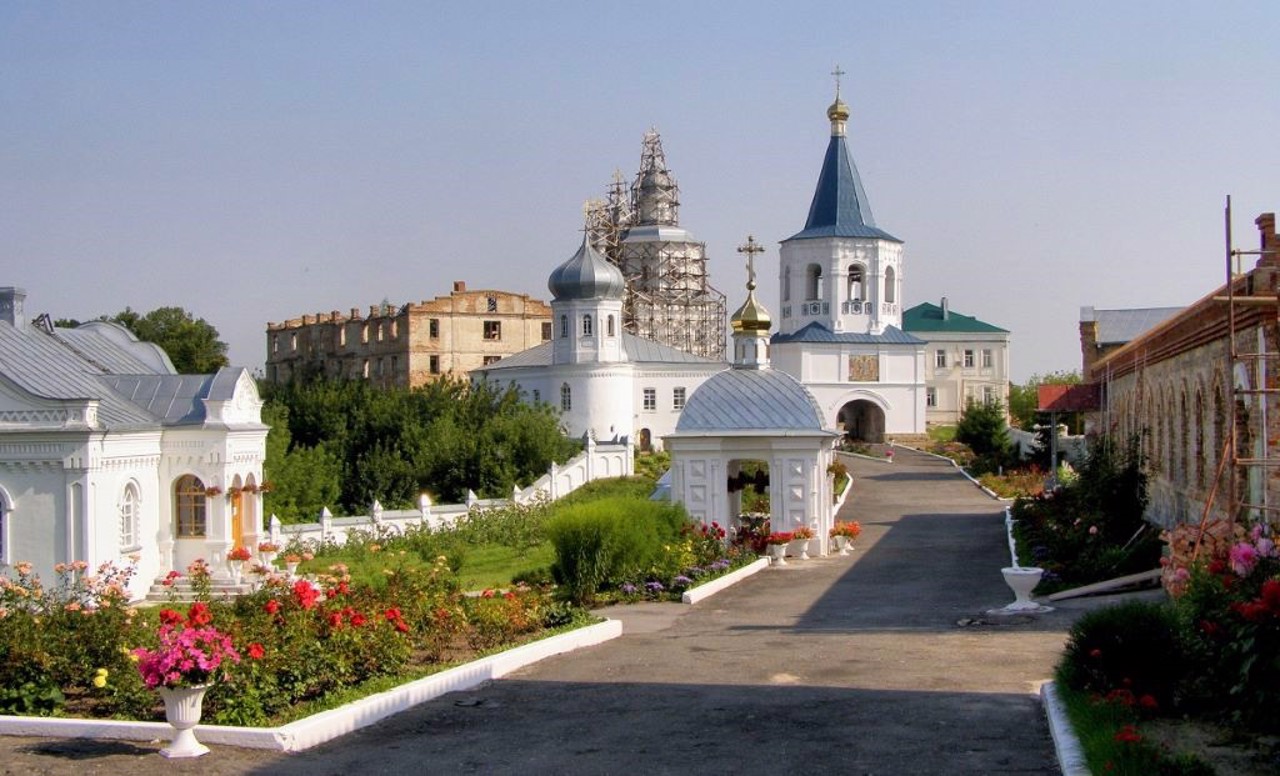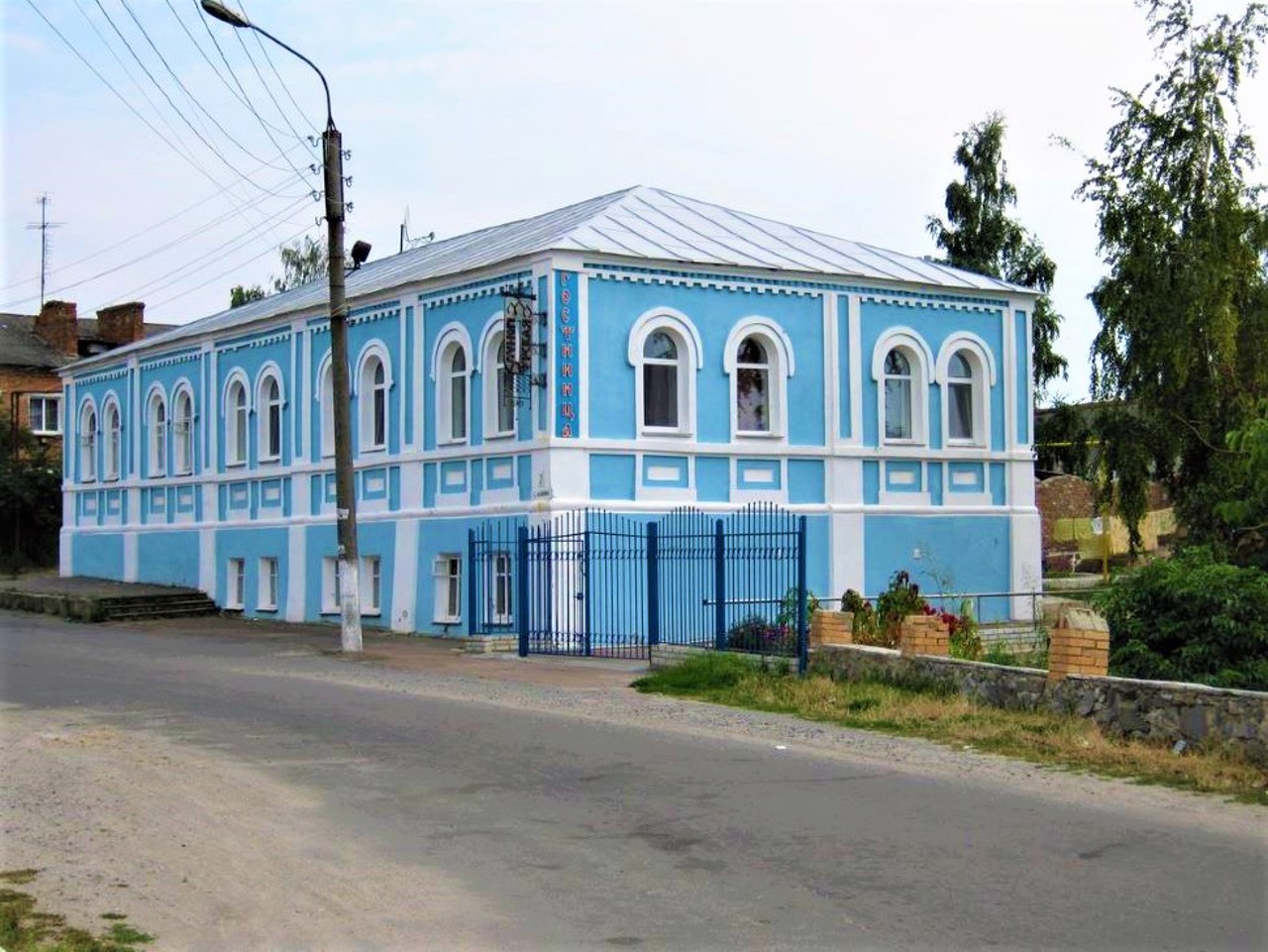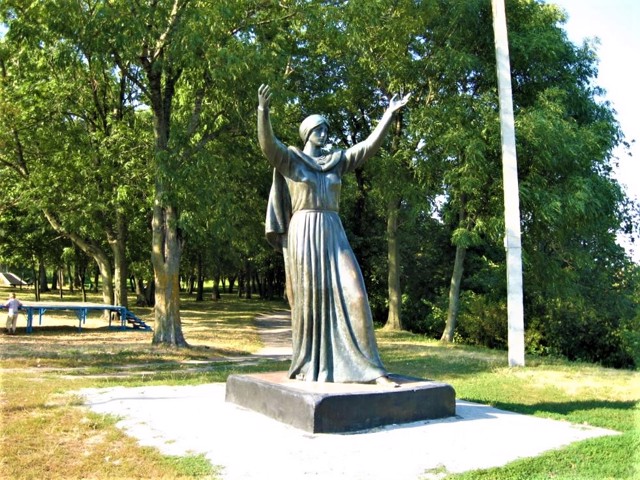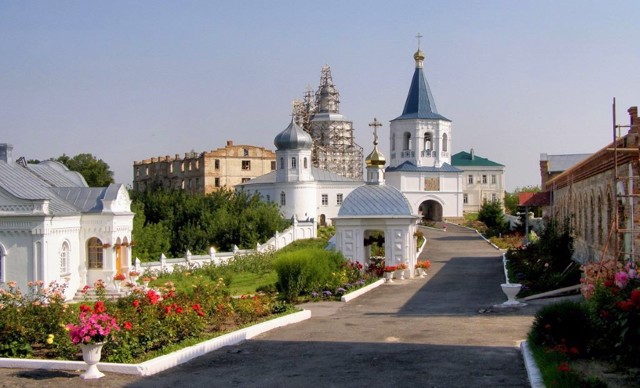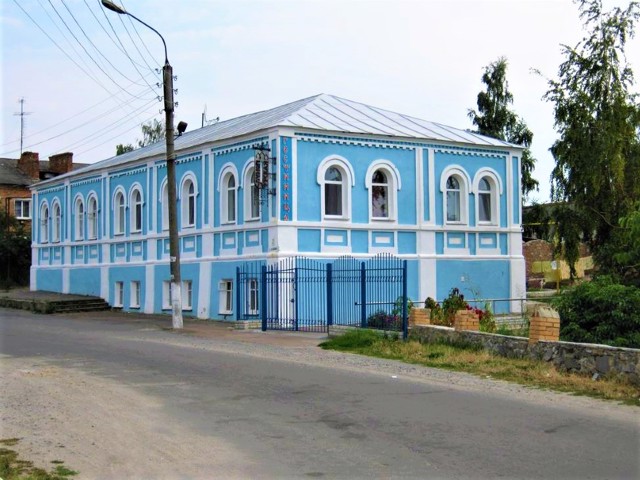Functional temporarily unavailable
General information about Putyvl
The ancient Rus city of Putyvl is located on the Seim River, on the Hlukhiv-Sumy highway.
It was mentioned for the first time in 1146 as a fiefdom of the Novgorod-Siversky princes of the Olhovychs. According to the "Word about Igor's Regiment", Princess Yaroslavna was crying on the walls of Putyvl, waiting for her husband from the Polovtsian captivity. In the center is the hill of Horodok, on which the prince's baby was located (the foundation of the Ascension Temple was found, from where in 1185 Prince Ihor Svyatoslavych attacked the Polovtsy). Now there is a park, a viewing platform, and a monument to Yaroslavna on the hill. On the neighboring Pryseym hill - the Molchansky monastery-fortress (XVI-XIX centuries) on the foundations of the ancient Rus Kremlin, fro ...
The ancient Rus city of Putyvl is located on the Seim River, on the Hlukhiv-Sumy highway.
It was mentioned for the first time in 1146 as a fiefdom of the Novgorod-Siversky princes of the Olhovychs. According to the "Word about Igor's Regiment", Princess Yaroslavna was crying on the walls of Putyvl, waiting for her husband from the Polovtsian captivity. In the center is the hill of Horodok, on which the prince's baby was located (the foundation of the Ascension Temple was found, from where in 1185 Prince Ihor Svyatoslavych attacked the Polovtsy). Now there is a park, a viewing platform, and a monument to Yaroslavna on the hill. On the neighboring Pryseym hill - the Molchansky monastery-fortress (XVI-XIX centuries) on the foundations of the ancient Rus Kremlin, from which the wall has been preserved.
Other attractions: Transfiguration Cathedral with a bell tower over the gate (1617-1793); the church of Mykola Kozatskyi (1735-1737 years); local history museum in the former mansion of Cherepov.
Давньоруське місто Путивль розташоване на річці Сейм, на трасі Глухів-Суми.
Вперше згадується в 1146 році як вотчина новгород-сіверських князів Ольговичів. Згідно "Слову о полку Ігоревім", на стінах Путивля плакала княжна Ярославна, чекала чоловіка з половецького полону. В центрі - пагорб Городок, на якому розташовувався княжий дитинець (знайдений фундамент храму Вознесіння, звідки в 1185 році виступив на половців князь Ігор Святославич). Зараз на пагорбі парк, видовий майданчик, пам'ятник Ярославні. На сусідньому присеймському пагорбі - Молчанський монастир-фортеця (XVI-XIX сторіччя) на фундаментах давньоруського Кремля, від якого збереглася стіна.
Інші пам'ятки: Спасо-Преображенський собор з надбрамної церквою-дзвіницею (1617-1693 роки); церква Миколи Коз ...
Давньоруське місто Путивль розташоване на річці Сейм, на трасі Глухів-Суми.
Вперше згадується в 1146 році як вотчина новгород-сіверських князів Ольговичів. Згідно "Слову о полку Ігоревім", на стінах Путивля плакала княжна Ярославна, чекала чоловіка з половецького полону. В центрі - пагорб Городок, на якому розташовувався княжий дитинець (знайдений фундамент храму Вознесіння, звідки в 1185 році виступив на половців князь Ігор Святославич). Зараз на пагорбі парк, видовий майданчик, пам'ятник Ярославні. На сусідньому присеймському пагорбі - Молчанський монастир-фортеця (XVI-XIX сторіччя) на фундаментах давньоруського Кремля, від якого збереглася стіна.
Інші пам'ятки: Спасо-Преображенський собор з надбрамної церквою-дзвіницею (1617-1693 роки); церква Миколи Козацького (1735-1737 роки); краєзнавчий музей в колишньому особняку Черепова.
Сплануй своє перебування у Putyvl
What to see and where to go in Putyvl
Tourist attractions and museums of Putyvl
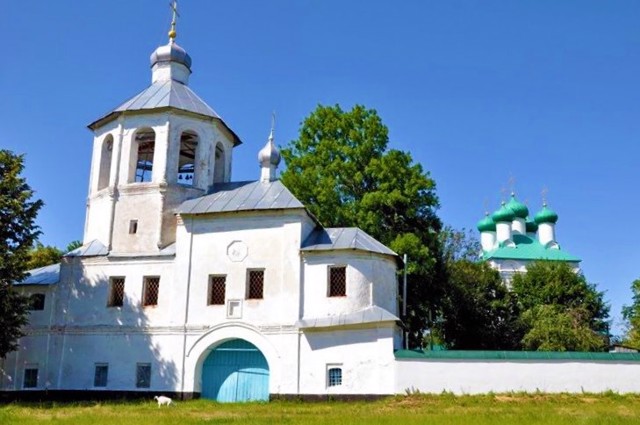
Holy Spirit Monastery
Temple , Architecture
The High Transfiguration Cathedral is the main building of the Holy Spirit Convent founded in Putyvl in the 16th century.
The monastery complex includes the Church of the Ascension of the Cross with a bell tower (XVII century) and stone walls with a gate. In the interiors of the cathedral there is a wonderful iconostasis and works of painting.
The temple was restored in 2006. It is part of the Putyvl State Historical and Cultural Reserve.
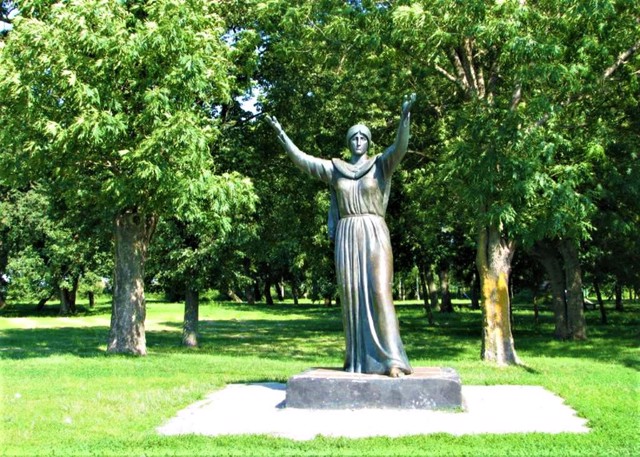
Horodok Tract (Hillfort)
Historic area
The ancient Rus settlement on the hill above the Seym is located in the very center of modern Putyvl. It is part of the Putyvl State Historical and Cultural Reserve.
The construction of the border fortress city "on the way" began on the order of Prince of Kyiv Volodymyr Svyatoslavovych to protect Rus from nomads. Being a capital city, in the 10th-12th centuries Putyvl had powerful defensive structures. During excavations, fragments of defensive walls and the foundation of the Church of the Ascension were found, from where Prince Ihor Svyatoslavych attacked the Polovtsy in 1185 (the remains are preserved underground). According to the "The Tale of Ihor's Campaign", Princess Yaroslavna, who was waiting for her husband from the Polovtsian captivity, was crying on the walls of Putyvl.
After the Mongol-Tatar invasion, the fortress was restored, until the 17th century it consisted of 9 hewn oak towers. The West tower was 27 meters high. By the end of the 18th century, the fortress lost its strategic importance and was dismantled. A ditch and a low rampart have been preserved.
A park with a viewing area has been laid out on the territory, and a monument to Yaroslavna has been erected.
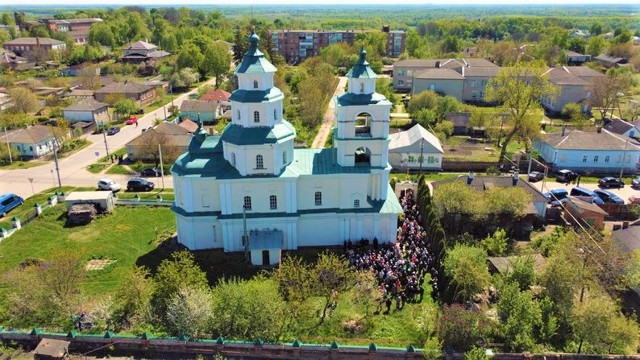
Mykola Kozatsky's Church
Temple , Architecture
The church of Mykola Kozatskyi in the Ukrainian Baroque style was built in the 18th century at the expense of the residents of Putyvl - Ukrainian Cossacks.
It has an unusual silhouette with two towers of equal height. Initially, the temple was built in three parts and with one roof, but later a multi-tiered belfry was added to it from the western side. On the first floor of the two-story church is a "warm church" with low vaults. On the second floor is a "cold church" with a high central top.
The restoration was recently completed, and the museum exhibition "The Tale of Ihor's Campaign" is planned to be opened in the church.

Nativity of Virgin Molchensky Monastery-Fortress
Temple , Architecture
The defensive Molchensky monastery-fortress on the banks of the Seim in Putyvl was built at the turn of the 16th and 17th centuries on the basis of a fortress from Lithuanian times, which was called the Kremlin.
The monastery was founded in 1570 by monks who moved to the fortress from the Molchensky desert, located 20 kilometers from Putyvl. In 1604, the impostor tsar False Dmitry I was hiding behind the walls of the monastery, coming from here to Moscow after the death of Borys Hodunov.
The complex of the Molchensky Monastery is dominated by the Cathedral of the Nativity of the Virgin, built in 1575-1585 and rebuilt several times in the 17th-18th centuries. The tower over the gate of the fortress serves as a belfry, and a fragment of the wall with a corner tower has also been preserved.
The complex also includes the 19th-century church of John the Baptist, the abbot's and cell buildings, a refectory and utility buildings. It is part of the Putyvl State Historical and Cultural Reserve.
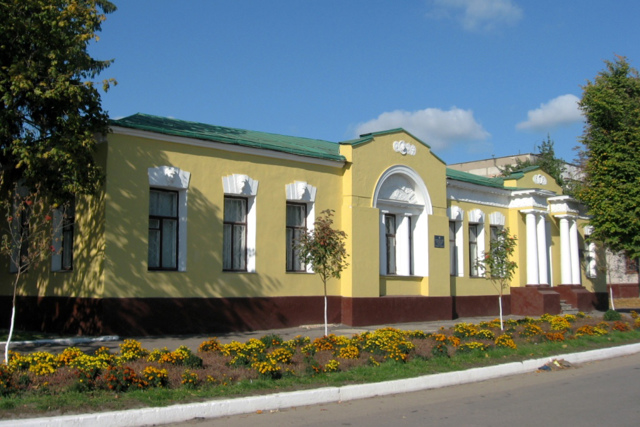
Putyvl State Historical and Cultural Reserve (Local Lore Museum)
Museum / gallery
The State Historical and Cultural Reserve in the city of Putyvl protects a complex of historical, cultural and archaeological monuments of the historical city and its environs - from ancient Rus times to the 20th century. In total, there are 35 cultural heritage sites on its territory.
The monuments of national importance are Horodok (a hillfort of Ancient Rus Putyvl), the architectural ensembles of the Molchensky Monastery (16th-19th) and the former Holy Spirit Convent (17th-19th), the Nicholas Velykoritsky Church (17th).
The administration building of the reserve houses the Putivl Local Lore Museum. It is located in a small one-story mansion in the center of Putyvl, which belonged to the landowner Cherepov in the 19th century. Almost three thousand exhibits reveal the history of the city from ancient times to the present day. In particular, the museum presents an 18th-century wardrobe that belonged to Hetman Ivan Mazepa; an armchair of the Russian impostor False Dmitry I; a bell donated to the city by Tsar Michael Romanov; a bull's jawbone with drawings found in the Molchenske swamp.
The national status is given to the "Spadshchansky Forest" Memorial Complex, where the Museum of Partisan Glory, the Museum of Weapons and Military Equipment, and the Museum of Monumental Art of the Totalitarian Era "Park of the Totalitarian Period" are located. The reserve also includes the Horiun Culture Museum and the "Bell of Sorrow" Memorial in the village of Nova Sloboda.
Putyvl on photo and video
Reviews Putyvl
Geographical information about Putyvl
| {{itemKey}} | {{itemValue}} |
|---|---|
| Region |
Sumy |
